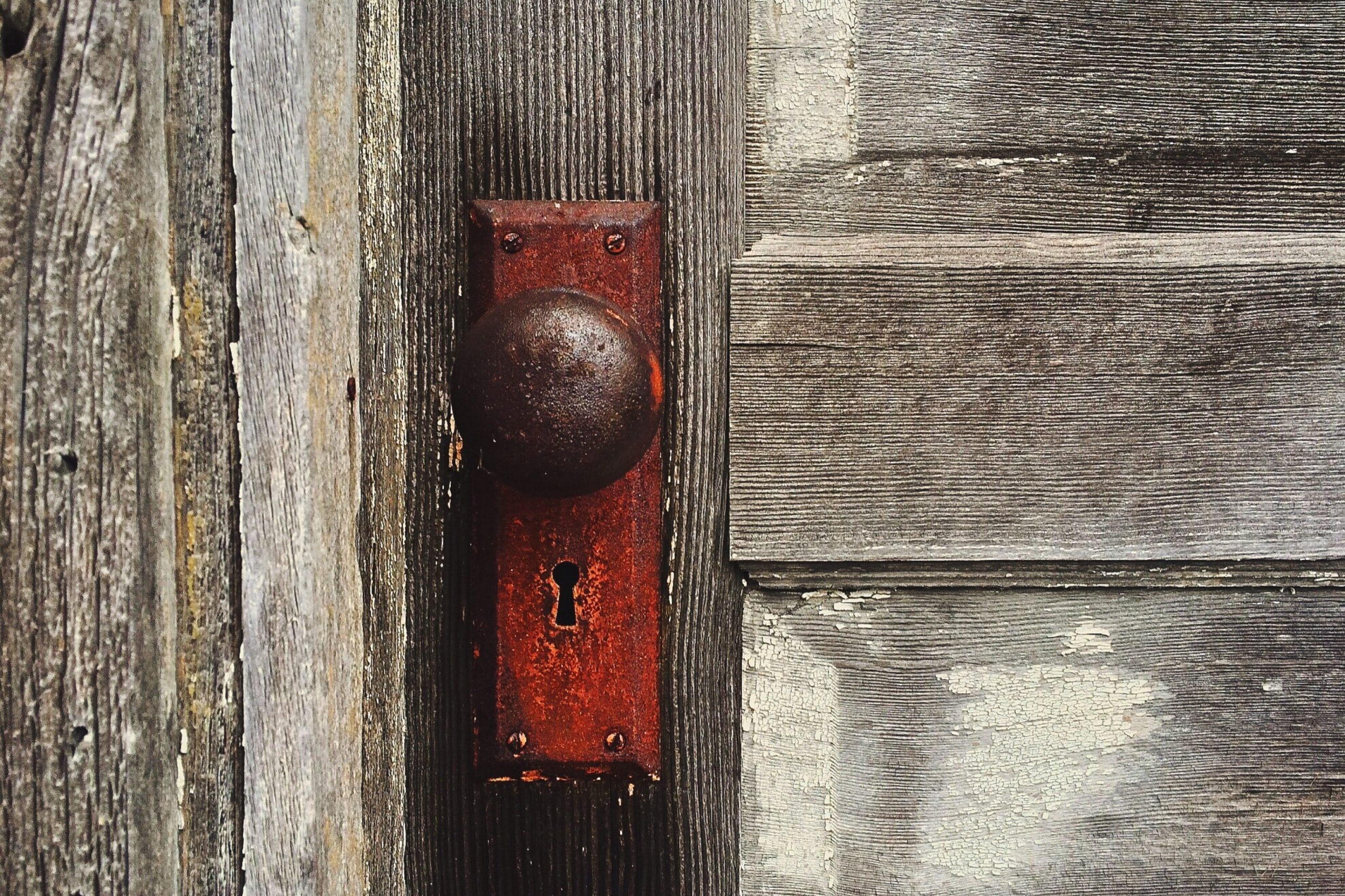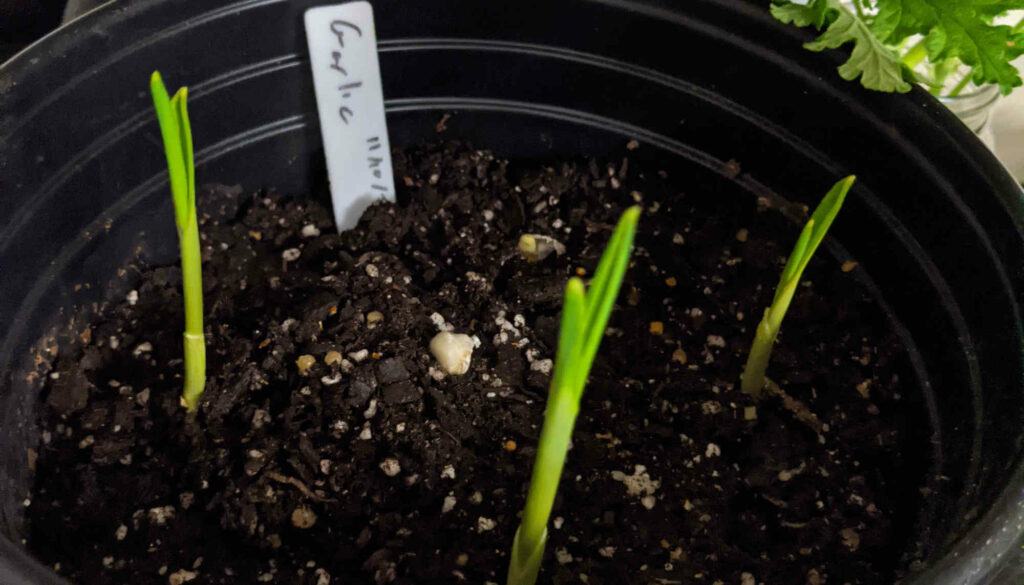It may be weird to think about the different types of door knobs, but here we are! You may be thinking “a door knob is a door knob.” However, there are actually several things you have to consider.
Keyed Entry Door Knobs
The first door knob you likely discover in any building is the keyed entry door knob. This is your standard entry door knob. On one side, you have a key hold and a knob. On the other side, you have a locking mechanism.
One interesting feature you’ll be interested to see is that the screws that hold the knob to the door are always on the side of the latching mechanism. This is for your safety! Privacy door knobs are usually the opposite. That way, if someone locks themselves in an interior room, you can remove the door knob to still get in. Again: safety is the consideration.
Exterior doors, including sheds or exterior storage, will have these types of door knobs.
Privacy Door Knobs
Privacy door knobs are those with a locking mechanism on one side, but instead of having a key on the other, they can be unlocked with a small pin, tiny screwdriver, or emergency key. You install these the opposite direction of a keyed entry door knob. That way, if you’re ever locked out of a room, you can remove the door knob.
You will typically use these knobs for bathrooms, but sometimes also bedrooms or changing rooms.
Passage Door Knobs
A passage door knob is the most common of the types of door knobs. There’s no lock. All you have is a door knob that can latch when the door is closed. These are your standard door knobs between rooms in a house.
Dummy Door Knobs
Dummy door knobs are great. When you don’t have a latch, you need a dummy door knob. They operate the same way as a cabinet handle. To install one of these, you just screw in the dummy knob to a door using the two or three screws it came with. You don’t need a hole to feed the mechanics through or a latch.
Interior Versus Exterior
Some materials are more weather resistant than others. If you buy a keyed entry door knob, there’s a very good chance it can be an exterior door knob. Passage, dummy, and privacy knobs are not guaranteed. If you need one that can handle the elements, you should be sure to double check those types of knobs and their specifications.
Ball, Lever, or Handle
There are a plethora of design considerations that go into picking your knob. The biggest of which is whether you want a ball, lever, or handle. The ball is your traditional knob. These are very common and easy to come by. The lever is the second most common type. These can be plain or ornate. Ball and lever knobs are installed the same way.
If you’re choosing to have a vertical handle for your knob, you will have extra steps when installing. Typically, you will have to install a face plate onto your door along with the latching and locking mechanisms.
Dead Bolts
Dead bolts are separate from door knobs, but often installed at the same time. Fortunately, you install these in a same or similar sized hole with a very similar latching mechanism.
Electronic
Now, there are many electronic door knobs. You can have ones that allow you to type in a code or even sense your presence and unlock as you approach. Fortunately, these were all invented after door knob installation became standardized in the United States. Therefore, no matter what type of electronic door knob you get, it should work with your door.
Hopefully this article has helped you understand the different types of knobs. If anything, we hope knowing what they’re called will help you browse more easily.







Leave a Reply